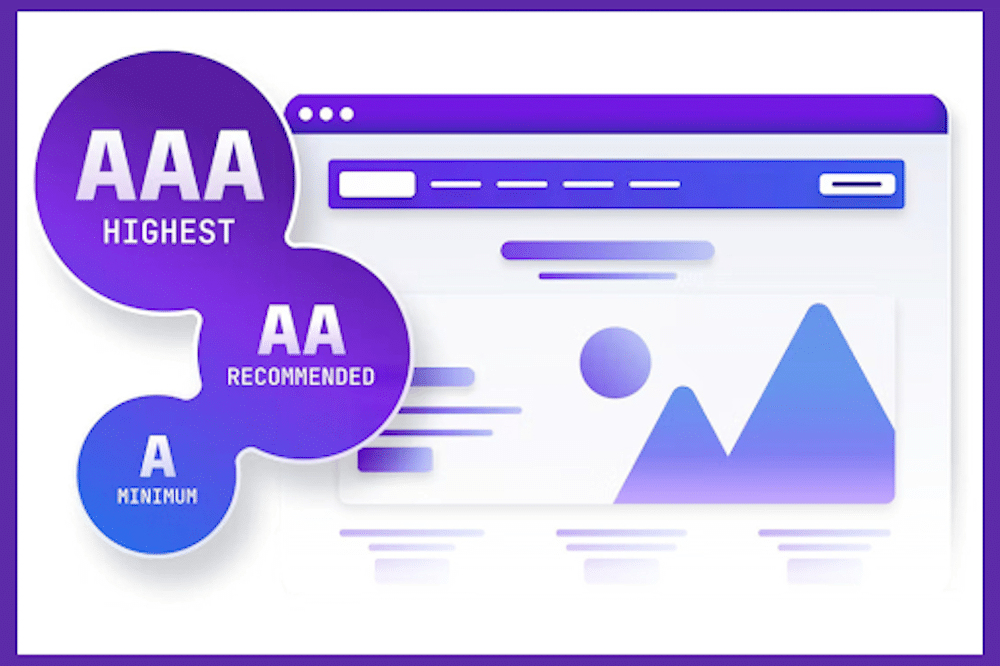When it comes to ensuring digital accessibility, developing web content to be accessible from the outset is a very ethical and sustainable solution. It is difficult to find out what makes web content accessible, especially if you are looking at laws. It is because the law does not explicitly address digital content. To fill the gaps, the Web Content Accessibility Guidelines or WCAG compliance identifies criteria to make web content accessible. WCAG is the set of globally recognized standards for digital accessibility, you can visit Recite Me to learn more about WCAG compliance and accessibility standards for your website.
It is intended to help make the internet accessible and usable for every ability and type of person. Furthermore, the basic guidelines of WCAG depend on four main principles. It includes content that must be perceivable, operable, understandable, and robust. They are incorporated into success criteria that are testable statements. Website owners use these statements to determine whether the content is accessible or not for users with disabilities. Apart from this, there are three levels of WCAG compliance. However, this distinction is crucial as well as needs to be clarified. In this article, you will learn complete detail about the top three compliance levels of WCAG.
WCAG Level A- Basic Accessibility:
This compliance level addresses the most important accessibility considerations for many people. It makes this WCAG Compliance level a significant baseline achievement. At this compliance level, web content will likely still have many accessibility barriers. These compliance requirements contain elements. Here are some notable WCAG Level A requirements:
- No keyboard traps
- Navigate with a keyboard
- Non-text content alternatives
- Video Captions
- Meaning is not delivered through size, shape, color, etc., alone.
For instance, Success Criterion 1.4.1, Use of Color, is a WCAG Level A criterion stipulating that color shouldn’t use as the only visual means of delivering indicating actions, and information, distinguishing an optical element or prompting a response. It is one of the many criteria that serve users with visual impairments. Therefore, it is ideal to consider a website that uses black for regular text and blue for the distinguished hyperlink text.
WCAG Level AA- Strong Accessibility:
This compliance level is used in the majority of accessibility rules and regulations all over the world. To meet this level, the website is easy to use and understandable for most people with or without disabilities. However, the meaning delivered and the available functionality are the same. Your website may still need to be WCAG Level AA, but some simple updates can help you get there. A WCAG checklist allows you to go through the requirements in an organized way and also take them one at a time. Here are a few notable WCAG Level AA requirements.
- In the majority of instances, the color contrast is at least 4:5:1
- Alternative text or a similar solution is perfect for images that deliver meaning
- Navigate elements that are consistent throughout the website
- Build fields have accurate labels
- Status updates can deliver through a screen reader
- Used headings in logical order.
WCAG Level AAA- Excellent Accessibility:
This is the highest possible compliance level in WCAG. Therefore, it holds organizations to a higher standard of accessibility. At WCAG AAA, the web page and content satisfy all levels, including Level A, Level AA, and Level AAA success criteria. At this level, your website is accessible to the maximum number of users and makes this experience simple and easy. Once reached, this compliance level ensures a web experience equal for all users, including disabled ones.
WCAG AAA is not recommended as a general policy for websites, since it is impossible to satisfy all Level AAA success criteria for the same content. However, this compliance level can be beneficial if a website deals with elderly or disabled people. It demonstrates consideration for their requirements and can leave an impression of care when other websites may not be accessible. Here are some specific needs of the WCAG AAA level.
- Sign language interpretation for video and audio content.
- In the majority of instances, color contrast is at least 7:1
- Timing is a small part of any activity.
- Context-sensitive help is also available.
Conclusion:
When striving for website accessibility, it is important to comprehend the differences between the three WCAG levels. Each level adds an extra layer of accessibility and inclusivity. With awareness of the needs of all three levels, websites can open their doors to a greater range of users that would otherwise be excluded. With this knowledge, sites can provide thoughtful, comprehensive access for all kinds of visitors.


